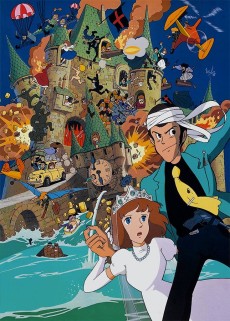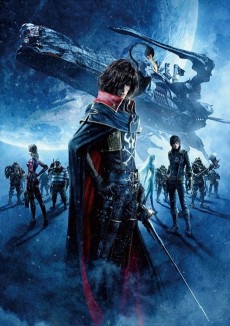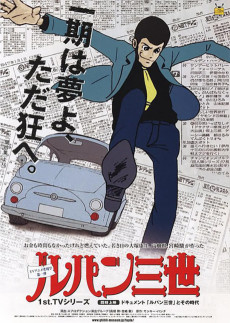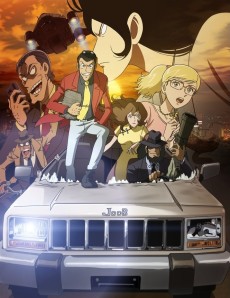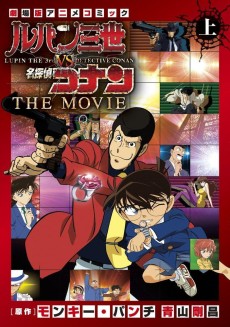LUPIN III: THE FIRST
MOVIE
Dubbed
SOURCE
MANGA
RELEASE
December 6, 2019
LENGTH
93 min
DESCRIPTION
The story centers on Lupin teaming up with a woman named Leticia to steal the Bresson Diary, a treasure that even the first generation Arsène Lupin could not steal.
(Source: Anime News Network, edited)
CAST
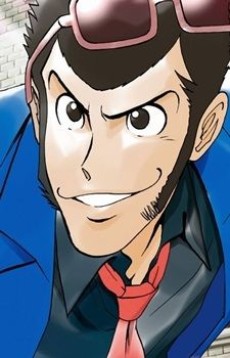
Arsène Lupin III
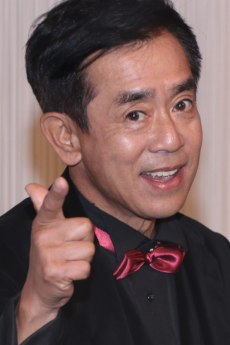
Kanichi Kurita
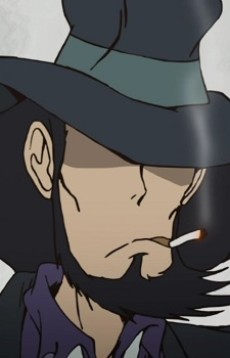
Daisuke Jigen
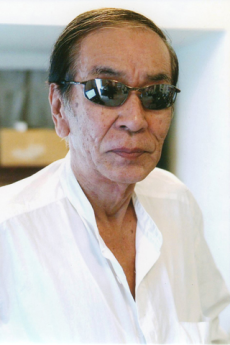
Kiyoshi Kobayashi
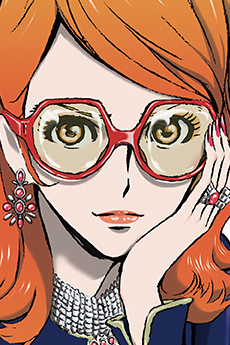
Fujiko Mine
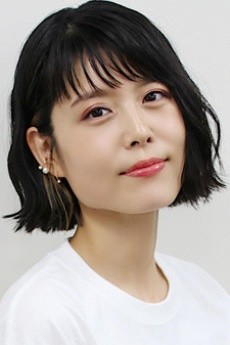
Miyuki Sawashiro
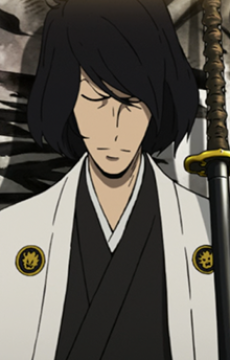
Goemon Ishikawa XIII
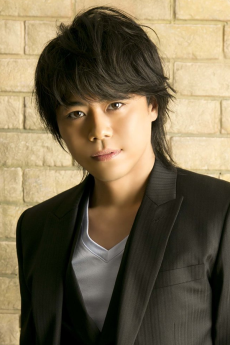
Daisuke Namikawa
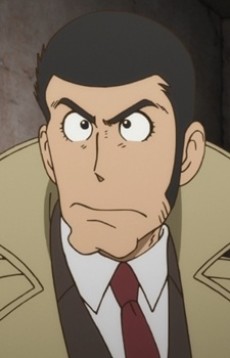
Kouichi Zenigata
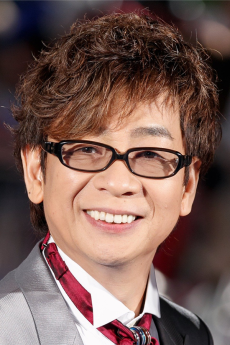
Kouichi Yamadera
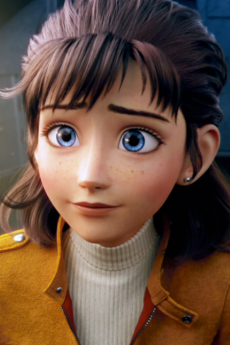
Laetitia
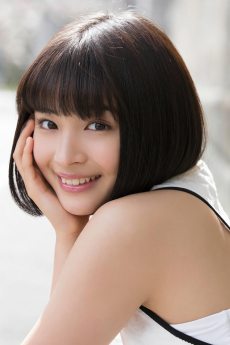
Suzu Hirose
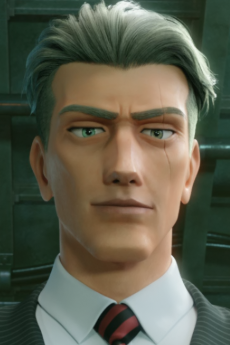
Gerard
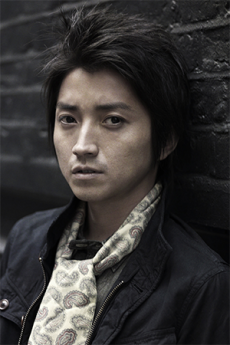
Tatsuya Fujiwara
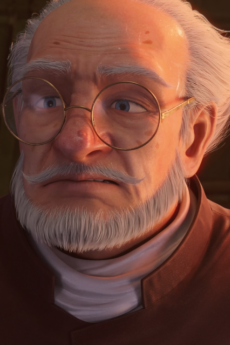
Lambert
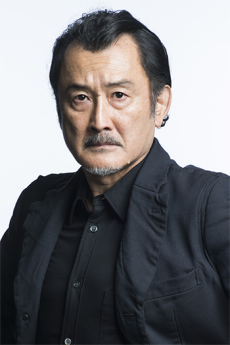
Koutarou Yoshida
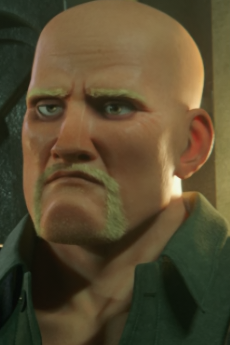
Hans
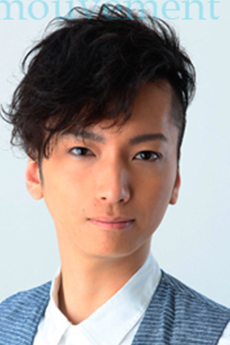
Osamu Taira
RELATED TO LUPIN III: THE FIRST
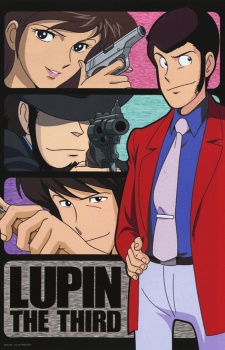 ANIME ActionLupin III: Part II
ANIME ActionLupin III: Part IIREVIEWS

Krankastel
80/100Highly entertaining and so far, the pinnacle of 3D anime without a single peer able to surpass it.Continue on AniListDigital 3D animation is the future, though of course that is not to say 2D digital, or more laborious techniques (such as stop-motion or painting-on-glass) will die out as long as artists have enough incentives and/or love for their art. As of now however, few anime studios or studio departments can elevate it into competing with American 3D productions, instead turning to often awkward and disharmonious blending of 2D and 3D (although some succeed, such as Ufotable).
This is why anime of Orange (Land of the Lustrous and Beastars) pleased me with their decent full 3D production, of course coupled with great sound direction and decent narratives. Some short works are even better in the animation department.
But they cannot compete with the object of the current review.
__[1. Starting with the visual production...]__ I can confidently say it’s a wonder of animation (among Japanese), and its 3D animation comes very close to rivaling American productions. Highly animated sequences are smooth, dynamic and never cumbersome, whether it is e.g. hand-to-hand combat or dogfights or mere talking. It’s also successful in the special effects department.
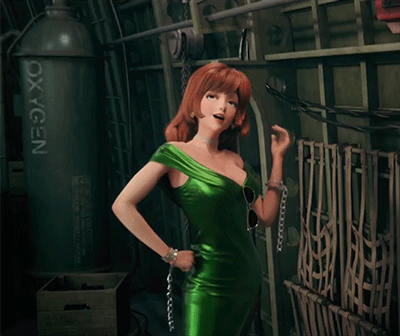
Character designs have transited from 2D to 3D very well, with some aesthetic changes, such as Jigen wearing a beard closer to stubble or a slimmer model for Fujiko. I liked almost all (save for Goemon’s) for their rich facial expressions. However, I must point out that although animation is excellent, there are a couple of limitedly animated scenes that stuck out and I spotted an off-model.
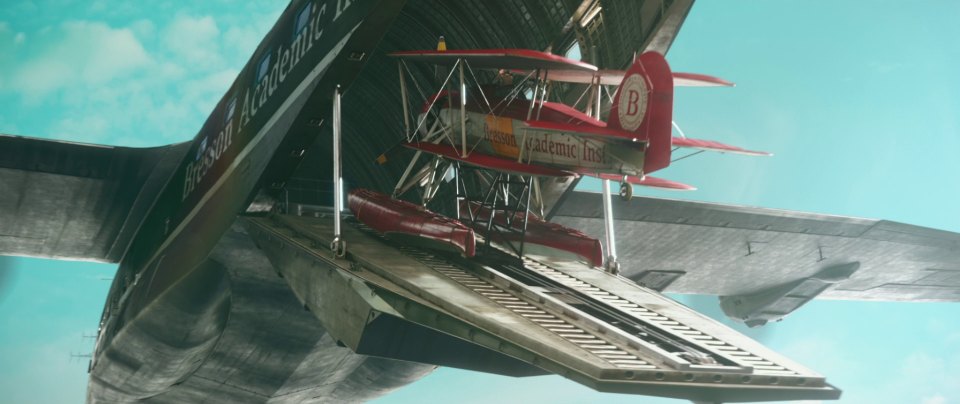
Outside animation, backgrounds were rich, varied and fitting each region portrayed (e.g. Paris) and there was outrageous detail behind vehicles and weapons. Also, I loved how clearly and correctly French and English letters were presented, I literally paused in order to read.
__[2. Proceeding with the audio production...]__ The OP is an arrangement of the primary theme of Lupin III, a highly iconic jazz theme used since 1977. The rest of the music is a jazz score fitting with the old-school feel of Lupin III movies, whereas the ED is a soothing soul/jazz/ambient (I’m not certain on the genre) vocal song, performed by Lyn Inaizumi.

Voice acting is solid and up to the standards of a good anime movie, be it reoccurring or new characters, but my favorite audio aspect is sound direction. Sound effects and lines matched perfectly with body and facial movements of characters or motions of objects. I rewatched certain scenes just because I enjoyed the sound effect in question; an example includes an anti-material rifle being fired.
Must warn you as a concluding note: most fan translations are rather bad with subtitles not matching the lines, so you might have to be patient to find tolerable ones.
__[3. And concluding with story and characters...]__ [a.] For the purpose of this section, I will first initiate readers to movies of the Lupin III franchise. Each installment is part heist adventure and part action-comedy, although certain also take a thriller approach. There are countless such “specials” and movies, with varying quality, yet no matter the work twists tend to be predictable and with quite some clichés.
And it’s perfectly fine so! The strength of Lupin III movies lies into freedom and simple entertainment. Outside a trilogy of movies connected to Mine Fujiko to Iu Onna, there are no restrictions in watch order whereas narratives are easily digestible, with fair amounts of kooky humor, frequent changes of scenery and action sequences.
The First’s narrative draws influence from Raiders of the Lost Ark. The story begins with a “cold open” in France during WW2, with Nazis attempting to take by force a clockwork mechanism holding a diary belonging to a French archaeologist. After the opening sequence the story switches to a time skip in the 60s. Lupin attempts a heist at a site where the mechanism is held, and he and the rest of the gang are gradually involved in a conspiracy of Nazi remnants. Anything else I note may spoil too much fun, so I’ll let it be, but will note that the narrative’s pacing is smooth, the story is not convulted yet compelling enough, however it is also a bit too extravagant concerning some “rule of cool” sci-fi elements.
[b.] The gang of four remains the same as other movie titles: Lupin is quirky, super quick on his toes, a womanizer, crafty and cunning.
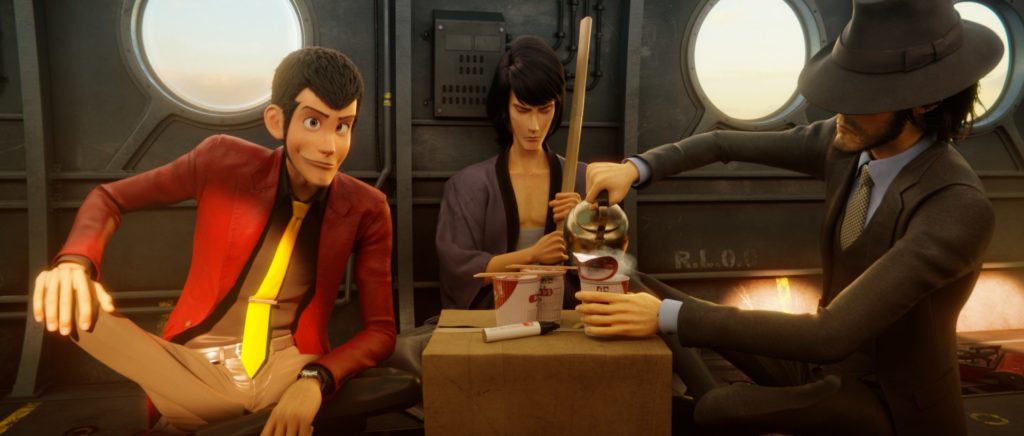
Jigen is a cool-headed marksman and aloof friend/ally of Lupin, Goemon is a cool samurai (and even speaks like one) and Fujiko is the resident femme fatale of the show: equally quick on her toes as Lupin, uses her beauty and charm to escape of being cornered and frequently outsmarts our womanizer protagonist. And the reoccurring antagonist also appears: inspector Zenigata from Interpol. He is obsessed with chasing Lupin and gang around the world, to arrest and bring them into justice. Of note is an amusing moment involving him and romance.
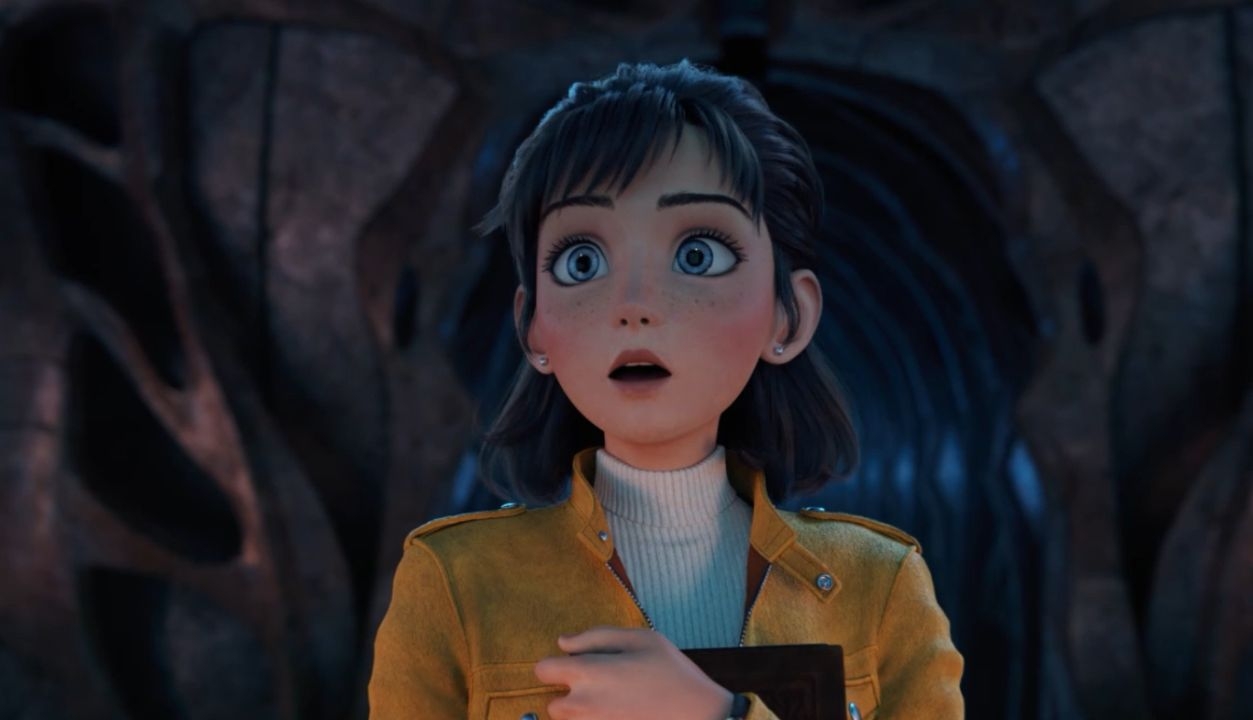
The main cast also includes Laetitia. She is a young French woman forced to cooperate with the Nazis due to certain circumstances, and dreams of studying archaeology in the US. Other than being adorable and sympathetic, she is also a huge bookworm and extremely knowledgeable on ancient civilizations, even being able to read cuneiform.
As for the rest of the cast, they include mooks and the Nazi leadership, a step above typical action movie villains, but remain the weakest link as despite a little depth they fall flat.
Hope you enjoyed my review! 
myvelouria
85/100"I wish to continue sending Lupin for adventures worldwide." - Monkey PunchContinue on AniListThis review is spoiler free.
Hey there, let’s talk about CGI. It certainly is a subject everyone has an opinion about, especially in the world of anime. Most of the time conversations surrounding it shift towards the negative and I can’t sit here and pretend that I don’t understand why. After all anime more, often than not, is 2D and when you take the aesthetics that come with that and insert 3D images it can be jarring. I myself am a fan of “Kimetsu no Yaiba” and find some of its effects beautiful, but I also find in several moments Ufotable doesn’t make them feel cohesive within the show. Other anime I enjoy like Toei’s “Dragon Quest: Dai no Daibouken”, “Vinland Saga”, and “Initial D” use CGI in ways that can be obvious, yet it works in its own way. There is a charm to the outdated effects for the first “Initial D” series while in “Dragon Quest” there are some scenes where it looks quite impressive. In the case of “Vinland Saga” I didn’t feel the effects disrupted my immersion at all. I almost don’t want to talk about the infamous bear from the first season of “Golden Kamuy”, but years later I still can’t believe this was something they thought would work. Then we have anime done entirely in CGI like MAPPA’s “Dorohedoro” which I have to admit I like in spite of its animation. No matter how good the material is I just have a tough time shaking off that this isn’t the way I wanted to see it presented. Then there are examples of CGI in anime I haven’t watched, but caused such a ruckus I couldn’t ignore them. There’s the discussions I’ve seen concerning Rei Ayanami’s creepy CGI head in “Thrice Upon a Time” or the endless mockery aimed at 2016’s adaptation of “Berserk” to name a couple. CGI in anime is quite controversial to say the least. So consider for a moment the look on my face when I first saw the trailer for an upcoming “Lupin III” anime where it would not only have CGI, but be animated entirely in CGI. When I first found out I thought it was going to be awful. And I have never been happier to be wrong.

“Lupin III: The First” is a 2019 film directed and written by Takashi Yamazaki and despite how clumsy the title is, “The First” more than sticks its landing. Let me be clear, this is the best CGI anime to date and I have a difficult time imagining another anime outshining it in this area. People will bring up shows like “Beastars” or “Houseki no Kuni” as examples of CGI done right, this film blows them out of the water. The film is just so energetic and refreshing. And to have it come from something like “Lupin III” just makes it all the more exciting for me. This wasn’t an anime original movie nor was it an adaptation of a contemporary series, it is a part of one of anime’s oldest and greatest franchises. I’ve seen people assume that TMS doesn’t take any creative risks with Lupin, but this was completely unexpected and paid off beautifully. It not only succeeds as a new Lupin adventure, it also manages to showcase the strengths to CGI in ways no one else in the anime industry has done. When I first watched it I was blown away and then when I revisited it recently I knew I had to talk about it.

“The First” follows our beloved Lupin teaming up with a mysterious young woman named Laetitia. While he’s a thief and she’s an aspiring archaeologist they share one common goal, to find the Bresson Diary, the one thing Lupin’s grandfather could not steal. It’s a race against the clock as the lingering fragments of the Nazi party chase after the enigmatic diary in order to use its secrets to revive their power and influence. Meanwhile, a mystery that puts Laetitia dead center starts to unravel and reveal something she may not be prepared for. It certainly isn’t the most complex story, but as I have discussed in past reviews that works to Lupin’s advantage. The beauty is in the simplicity and if you think that would lead to the film feeling weak, that is not the case. This is classic Lupin fun that is in line with the Hayao Miyazaki approach to the franchise as Yamazaki has cited his works, especially “The Castle of Cagliostro”, as major influences. And despite that being such a different interpretation from his manga, Monkey Punch himself voiced gratitude towards Yamazaki and expressed interest in the film. While he passed away prior to its completion, I have no doubt he would have been proud to see his creation on the big screen in glorious CGI.
Now, going back to when I saw the trailer for a moment. Before I watched it I had no idea this film was being made so there was quite a look of surprise on my face seeing Lupin as a fully rendered 3D figure. I didn’t expect much out of it, but even with all of my skepticism I had to admit it had a strong look going for it. There is a big problem with CGI in anime and it usually boils down to the frame rate. The truth is 3D animation doesn’t move like something does in 2D and the anime industry’s big foul up is that they don’t adjust the frame rate to accommodate this. This isn’t the only explanation for poorly made CGI, but it is an issue. Even in things people enjoyed like “Beastars” the character models just chug along and it really feels like they’re being held back. In “The First” we don’t have this problem. The animation is rapid fire and allows Lupin to defy the laws of physics in ways that are nothing short of impressive. One could ask “why not make it live action” given that isn’t new territory for Lupin, however that would mean Lupin is grounded by a realism that won’t allow for that cartoon like energy we need. As Yamazaki once said, “In the 2D movies and series, Lupin breaks all the rules in how he moves in all the action. That’s something CG can also do. I was really conscious about doing a Lupin live-action in CG form. When you try to do it in live-action, it looks a little fake.”

Production for “The First” was quite unique compared to other anime films. The desired effect was a Hollywood approach where the characters travel the world and have big action set pieces while entertaining people of all ages. The storyboard artists, which included Lupin legend Kazuhide Tomonaga, made an animatic that was roughly 90 minutes in length and it was decided they would show it to others for feedback, something atypical in the anime world. After a series of animatics were shown, the actual animation process began. Yamazaki decided to forego the use of motion capture and employed a smaller number of animators for the characters in comparison to the larger staff employed on the average anime film. And the dialogue was recorded prior to animating, not an unheard of concept in Japan, though done very infrequently. Lupin’s seiyuu, Kanichi Kurita, enjoyed the experience so much he adlibbed many lines that made it to the film. The character designs underwent several changes, Fujiko in particular being one who posed quite a challenge due to her sex appeal and fashion sense. All of this was accomplished while still keeping the production a secret, it wasn’t until after Monkey Punch’s death where teases for it started to emerge. The truth is this is the level of polish and care you need to put into a movie in order for it to excel. Yamazaki’s love and passion for this project oozes out of every frame.
When it comes to the story in “The First” it’s one of the most fun entries the franchise has had in recent years. It never feels like it takes itself too seriously, there is a self-awareness that I think is necessary when selling us a Lupin adventure. As great as it is to get some more high concept films I do think it’s important for Lupin to still be an exciting and fun experience. This is where the beauty in the simplicity really comes through. When a Lupin project becomes overly complicated it comes at the expense of the capturing a broader audience. “The First” understands that it is a light hearted romp that builds to a crazy climactic showdown and owns that about itself. It does result in some of the film’s story beats feeling a little too obvious. When I first watched it I could tell where it was heading, but regardless I still think those choices were the correct ones to make. Yamazaki doesn’t strike me as a man who was trying to tell the most outlandish story. He wanted to give us a film that is one part “Cagliostro” and one part “Raiders of the Lost Arc” and it crystalizes into something that feels like a breath of fresh air. Laetitia is a likable female lead, Lupin is filled with Bugs Bunny charm and wit, the rest of the gang gets their moments to shine, Zenigata has a great balance of buffoonery and competence that is hard to accomplish. The antagonists in the movie are not great, they feel generic compared to villains as unique as Pycal or Kyoransky, but I can overlook this when there are so many other elements making up for them.

One of the big draws for me and this franchise has always been within the little details. Whether it’s a line of dialogue or a small moment I just love seeing those scenes that help make the characters feel so alive. And this new animation style plays into that beautifully. Because CGI allows for more nuanced movement we get to see things like Lupin’s eyes moving beneath his eyelids as he thinks of a way around the laser tunnel or Lupin tensing up as he tries to decode the Bresson Diary’s password. You may not notice them the first time around, but once you spot them it just reinforces how this was a labor of love. Other moments I love include Fujiko’s encouraging pat on Goemon’s shoulder in the climax, Lupin looking downstairs before he starts following Laetitia, Jigen’s expressions when Lupin takes his hat, the lush silk of Fujiko’s dress, Goemon shouting out “Zantestuken! Zantestuken!” as he races back to grab his sword, the smug look on Lupin’s face as he sends a radio message to Zenigata, Laetitia’s loose hairs, and Lupin trying to playfully seduce Laetitia into cooperating with him only to be told how he isn’t “like that”. I can’t help but wonder if that was included as a nod to the way his character evolved through time. I do wish this film gave more spotlight to Fujiko and Goemon, though what little we get of them is fantastic. There’s a great scene where Fujiko has been taken prisoner and executes her own escape, it feels reminiscent of her scenes in red jacket’s “Wings of Death: Albatross”. And in Goemon’s case he’s just so endearing and I love that his seiyuu, Daisuke Namikawa, started pulling off those high pitched yells Goemon used to do when Makio Inoue played him. This ultimately is one of the final projects to use Kiyoshi Kobayashi as Jigen before his retirement in 2021 and his voice coupled with the way his face is animated is just a perfect marriage. They nailed that energy and I will always cherish the fact that he got to be part of something like this.
It wouldn’t be a Lupin review without discussing the music man himself, Yuji Ohno. If I haven’t made it clear by now, his music is an essential part of the franchise and I never grow tired of hearing him retool his works to suit whichever new installment comes out. I especially loved the versions of “Buono!! Buono!!”, “Superhero”, and “Samba Temperado” used in the film. The pieces themselves are actually rather short when you listen to the soundtrack, but they sound just as great as their longer counterparts from past anime. No matter how often I hear “Superhero” it fills me with joy. Sometimes I wish we’d hear it with the full lyrics again, but even as just an instrumental track it does more for me than most anime music ever will. There is also a very brief, but memorable repurposing of “Love Squall”. And I have to give it up to “Zenigata March” for continuing to be a track that perfectly encapsulates the man it was composed for. If you haven’t heard these songs, give them a listen because Ohno’s compositions never disappoint.

“The First” is a wonderful experience. It isn’t the greatest Lupin story, admittedly the plot is predictable especially when you are aware of which elements of “Cagliostro” impacted the franchise the most. That said I have too much fun with it to care about that. If you’re going to be inspired by Miyazaki this is the way to do it. It is reminiscent of some of Lupin’s best adventures while being able to stand on its own feet. The reverence it has for its own franchise is so heartwarming to me. I would also go so far as to say this is a great gateway film for potential new fans. If the animation of the 70s doesn’t appeal to you, then I think this will do just the trick. You get a modern interpretation of Lupin that is still in keeping with what helped make him the success that he became. I am always going to look back on “The First” with a sense of awe. In a time where we’ve seen Ghibli fail to capture the potential that 3D animation provides, here comes TMS showing how it’s done. That doesn’t even sound like it should be possible, but Yamazaki clearly understands how to use these tools. I don’t know what kind of impact “The First” will have on Japanese animation or the franchise at large, but I will always know it as the film that did the impossible and showed that CGI anime can be spectacular.
SIMILAR ANIMES YOU MAY LIKE
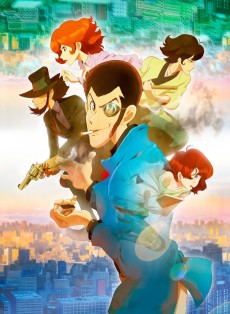 ANIME ActionLupin III: PART 5
ANIME ActionLupin III: PART 5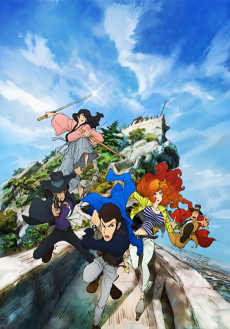 ANIME ActionLupin III: PART IV
ANIME ActionLupin III: PART IV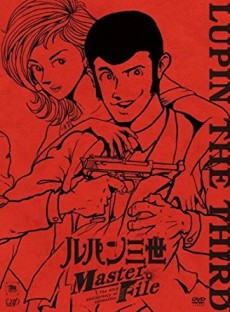 SPECIAL ActionLupin III 3DCG
SPECIAL ActionLupin III 3DCG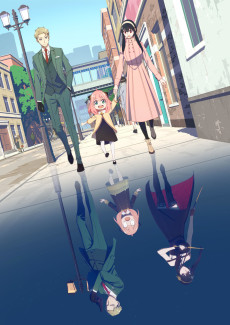 ANIME ActionSPY×FAMILY
ANIME ActionSPY×FAMILY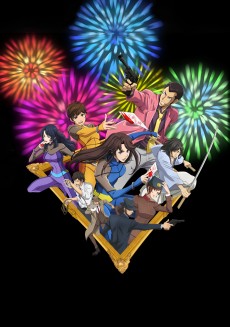 ONA ActionLupin III VS Cat's Eye
ONA ActionLupin III VS Cat's Eye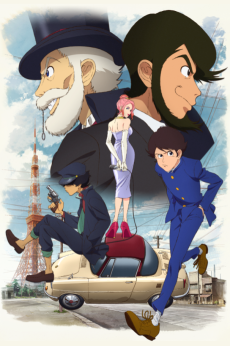 ONA ActionLUPIN ZERO
ONA ActionLUPIN ZERO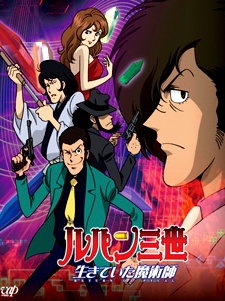 OVA AdventureLupin III: Ikiteita Majutsushi
OVA AdventureLupin III: Ikiteita Majutsushi
SCORE
- (3.85/5)
TRAILER
MORE INFO
Ended inDecember 6, 2019
Main Studio TMS Entertainment
Trending Level 1
Favorited by 303 Users
Hashtag #ルパン三世THEFIRST


